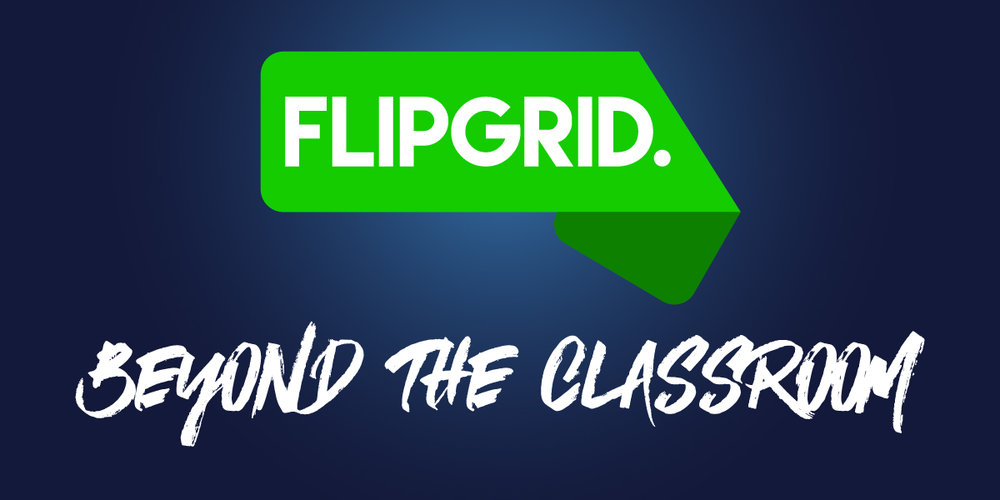Consider remote learning (e.g., remote access science labs). What modern technology do you think can better promote the teaching effectiveness of remote learning?
The online or remote learning has become a necessity rather than an option with a situation of pandemic across the world. Due to this several issues have emerged such as accessibility, affordability and flexibility that are visualized as challenges in terms of fostering quality learning experience using digital resources but there is no doubt that they have made the learning process continuous as teaching and learning can take anytime and anywhere by employing these tools (Dhawan, 2020). A wide variety of technological resources are available that makes it difficult for educators to choose one that is best suited for their learners. Educators are required to select digital resources that are well aligned with their student learning outcomes. One such tool that is Flipgrid, an online video response platform that has the potential to nurture a collaborative classroom environment. By using Flipgrid, educators can engage and empower every voice in the classroom through recording or sharing short videos. This tool enables students to discuss, reflect, and showcase what they are learning, reading, making and experiencing in the classroom (Miller et al., 2020).
Considering the Depth of Knowledge Model (DOK) developed by Dr. Norman Webb in 1997 that has four levels determining conceptual understanding of students, the complexity of knowledge or content increases from level one to four. This model is essential to keep in mind while designing any technology-based activity for the students. Flipgrid is a great tool that can be used productively at all the four levels. For level one, that is recall and reproduction, teachers can use flipgrid to reiterate or introduce any concept with the help of short videos and afterwards students can also post their brief video to respond to the information learned in the class. For level two, that is, basic application of skills and concepts, students can demonstrate their skills and concepts that they have already acquired by engaging in a plethora of activities. For instance, in social studies, students can apply their knowledge of map reading and cardinal directions by creating Flipgrid videos as they walk around their house or any other place by narrating different directions. For level three that involves Strategic Thinking, students can exhibit their ability to analyze new information by applying a concept that is learned during a unit or course of study. In mathematics, teachers can engage students in strategic thinking by asking them to create a data problem for their peers. The fourth level, that employs extended thinking, Flipgrid can be used to elicit evaluations from students across disciplines. For example, students can create a video explaining how they use fractions in their daily lives. Thus, flipgrid as an effective learning tool possesses the competence to promote critical thinking and problem-solving skills among students (Miller et al., 2020).
References
Dhawan, S. (2020). Online learning: A panacea in the time of COVID-19 Crisis. Journal of Educational Technology Systems, 49(1), 5–22. https://doi.org/10.1177/0047239520934018
Miller, S. C., McIntyre, C. J., & Lindt, S. F. (2020). Engaging technology in elementary school: Flipgrid’s potential. Childhood Education, 96(3), 62–69. https://doi.org/10.1080/00094056.2020.1766677


Hi Swanshi,
Thank you for your post. I like how you pointed a challenge that exists in remote learning, which is having the ability to connect everyone. Yes, the current pandemic has, essentially, forced teachers and students to learn remotely, which has not been without challenges. Your proposed solution and explanation of connecting learners with FlipGrid is a pragmatic and seemingly effective method. I like how you outlined how student development is achieved, while still having the capacity to be connected. These are two aspects in education has changed how we interact with teachers and classmates. Well thought out plan 🙂